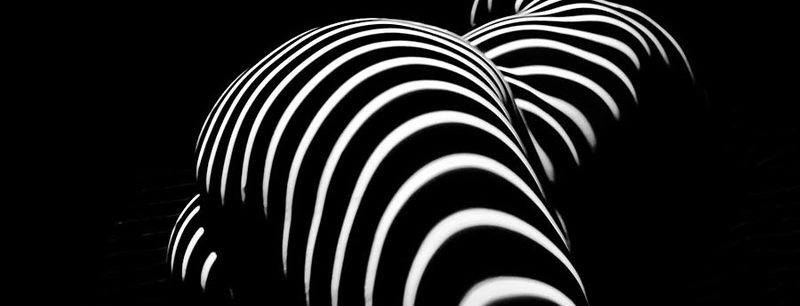The femme fatale archetype has captivated audiences for centuries, serving as a powerful symbol of seduction and danger. From the classic femme fatale in film noir to modern interpretations in contemporary literature and pop culture, these iconic characters embody a complex interplay of allure and menace that continues to fascinate.
Classic femme fatales, like Rita Hayworth’s Gilda or Barbara Stanwyck’s Phyllis Dietrichson, are characterized by their beauty, intelligence, and cunning. They often manipulate the men around them, leading them into treacherous situations while maintaining an air of mystery. This dangerous women archetype not only serves to entertain but also reflects deeper psychological insights into power dynamics between genders.
In modern storytelling, we see a shift with feminist interpretations of femme fatales that challenge traditional representations. Characters such as Villanelle from “Killing Eve” or Amy Dunne from “Gone Girl” showcase how these women can be both empowered and deeply flawed. Their complexity adds layers to the narrative, illustrating how cultural representations of femme fatales have evolved over time.
Femme fatale fashion plays a significant role in their symbolism; sleek silhouettes and bold colors enhance their seductive appeal while also hinting at their underlying peril. Quotes from these characters often encapsulate their essence—witty yet dangerous—further solidifying their place in storytelling.
As we explore examples throughout history—from Cleopatra to contemporary figures—we uncover the multifaceted nature of the femme fatale. Whether in literature or film, they serve as cautionary tales about desire and ambition while challenging societal norms regarding femininity.
Ultimately, the allure of the femme fatale lies not just in her beauty but in her ability to navigate a world that often seeks to confine her. As we continue to dissect this archetype within various narratives, it becomes clear that she remains an essential figure in understanding both historical contexts and modern feminist discourse.

